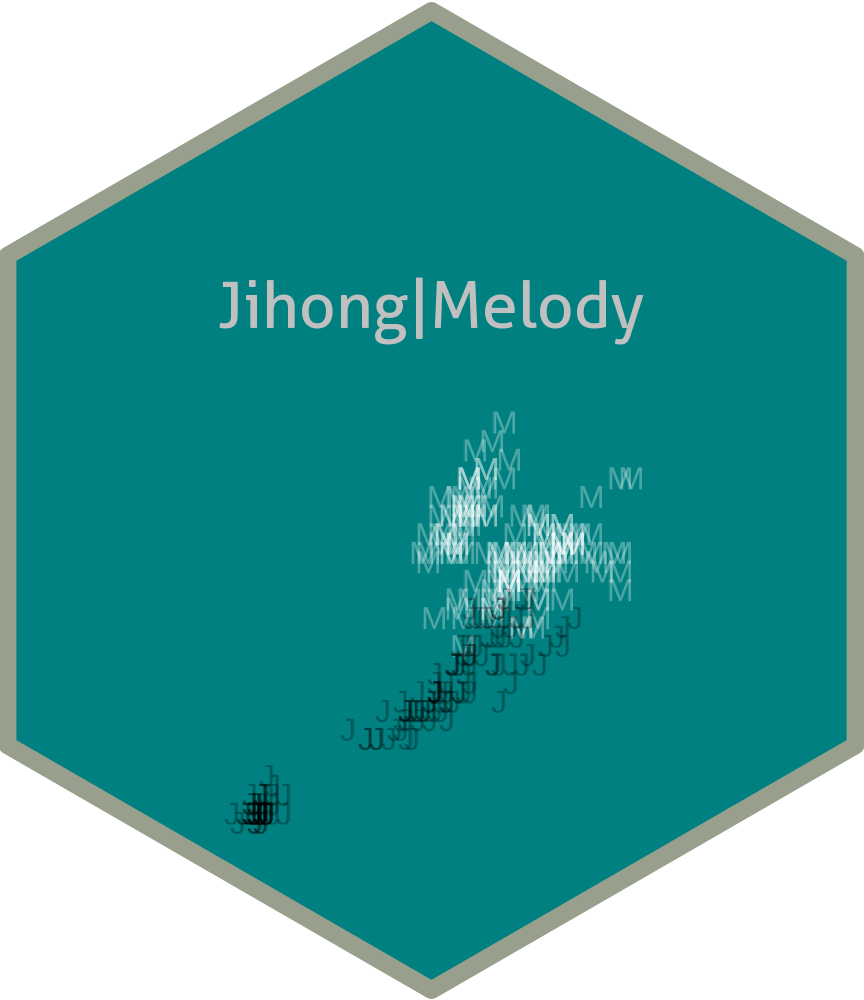Large-Scale Assessments using EdSurvey R Package
AERA 2024 Workshop by AIR
R
NAEP
Tutorial
EdSurvey
Clustering methods
- jackknife repeated replication (By default TIMSS and NAEP)
- Taylor series approximations
- Hierarchical linear models / Mixture model
Sampling (takeaway)
- Schools are sampled with probability proportional to size: larger schools are more likely to be selected
- Thus, sample weights should be used to correct the sampling bias
- Student weight is the inverse of the probability of selection
W_{final} = \frac{1}{P_{school}*P_{student}*P_{adj}}
Where
- P_{student} is the probability of one student being selected within one school
- P_{school} is the probability of one school being selected
- P_{adj} are non-participation adjustments
Plausible Values
- the distribution of latent scores for each individual is estimated by both IRT and latent regression with survey variables1
1 For each student, there are hundreds of context factors, so PCA was used for dimension reduction
EdSurvey-GPT
EdSurvey-GPT is a chatbot.
Takeaways:
- Examples of using functions of
EdSurvey - Code debuggging
- Data download using R functions
